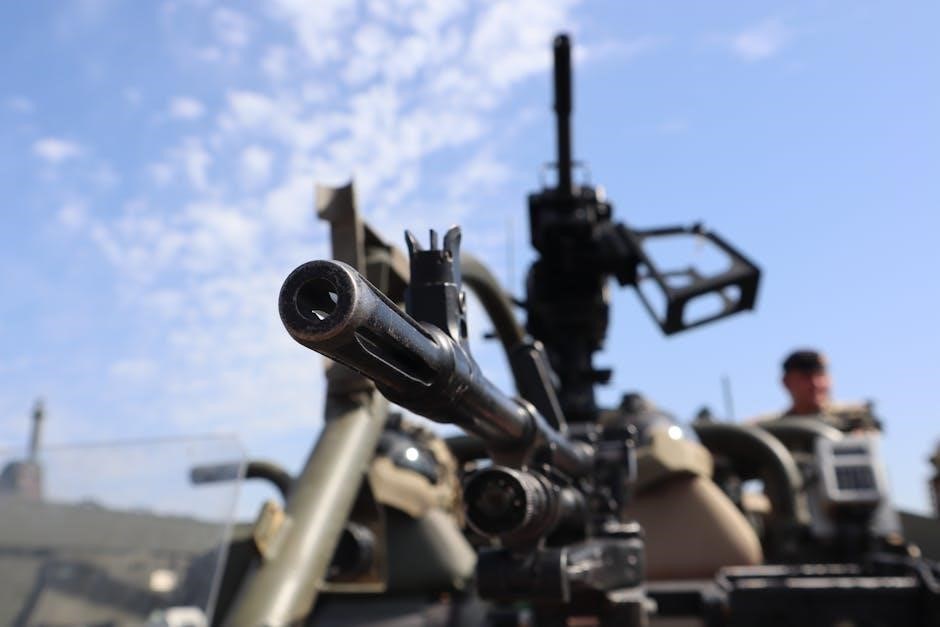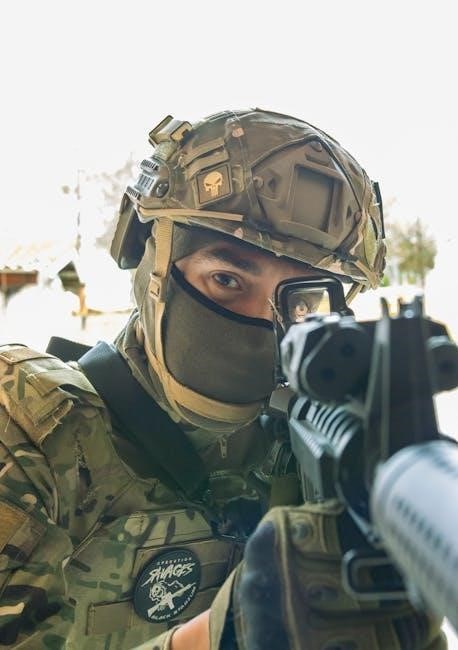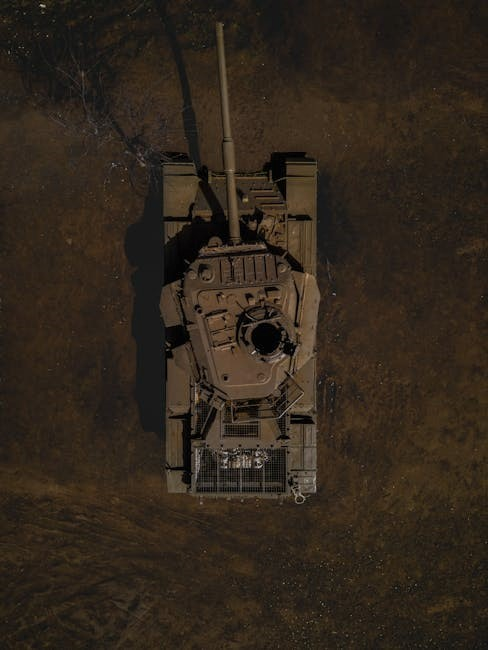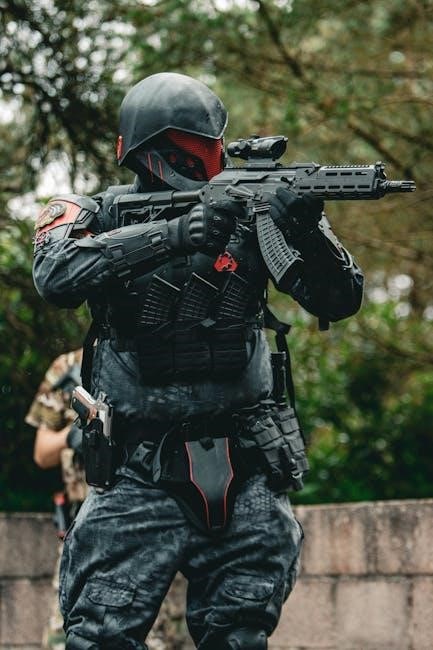Land warfare armored tactics involve combat vehicles and strategies, using
- advanced technologies
and
- combined arms
to achieve military objectives, with a focus on maneuverability and firepower in various terrains and environments always.
Overview of Contemporary Developments
Contemporary developments in land warfare armored tactics are shaped by technological innovation and changing operational environments. The use of advanced materials and designs has led to the development of more lethal and survivable combat vehicles. Additionally, the integration of network-centric systems and cyber capabilities has enhanced the effectiveness of land forces. The proliferation of unmanned aerial vehicles and precision-guided munitions has also transformed the character of modern warfare. Furthermore, the increasing importance of urban warfare and counterinsurgency operations has driven the development of new tactics and technologies. As a result, land forces must adapt to these changing circumstances and develop innovative solutions to remain effective. This requires a deep understanding of the complex interactions between technology, doctrine, and operational context. By examining these developments, it is possible to gain insights into the future of land warfare and the role of armored tactics in modern conflict, with various perspectives emerging.

Evolution of Land Forces and Combat
Land forces evolve through technological advancements and shifting operational doctrines, utilizing
- new strategies
and equipment to enhance combat effectiveness in various environments always and everywhere instantly;
Role of Technological Innovation in Shaping Warfare
Technological innovation plays a crucial role in shaping warfare, with advancements in areas such as
- communication systems
,
- intelligence gathering
, and
- weaponry
significantly impacting the nature of modern combat. The use of
advanced technologies
has enabled military forces to enhance their operational effectiveness, improve situational awareness, and increase their ability to respond quickly to changing circumstances. Furthermore, technological innovation has also led to the development of new
- tactics and strategies
, allowing military forces to adapt to emerging threats and challenges. As a result, technological innovation has become a key driver of change in the nature of warfare, with military forces around the world continually seeking to leverage new technologies to gain a strategic advantage. This has significant implications for the future of warfare, and underscores the importance of ongoing investment in research and development.

Key Tactics and Technologies in Modern Warfare
Modern warfare involves
- advanced technologies
and
- combined arms
tactics, enhancing maneuverability and firepower in various terrains and environments always with new strategies.
Importance of Combined Arms and Air Assault Forces
The integration of combined arms and air assault forces is crucial in modern land warfare, as it enables military units to achieve strategic objectives by leveraging the strengths of different branches.
The use of air assault forces, such as helicopters and aircraft, provides a significant advantage in terms of mobility and firepower, allowing troops to be rapidly deployed and redeployed across the battlefield.
Combined arms teams, comprising infantry, armor, and artillery units, can coordinate their efforts to deliver a decisive blow to enemy forces, exploiting weaknesses and creating opportunities for maneuver.
The importance of combined arms and air assault forces lies in their ability to enhance the effectiveness of military operations, increasing the chances of success in a wide range of scenarios, from counterinsurgency to conventional warfare.
By combining the strengths of different branches, military commanders can create a powerful and flexible force, capable of adapting to changing circumstances and achieving strategic objectives.
Soviet Influence on Operational Doctrine
Soviet theories shaped modern warfare, emphasizing deep operations and armored units, with
- key strategies
influencing contemporary military tactics and doctrine always effectively.
Deep Operations by Armored Units
Deep operations by armored units involve rapid and decisive actions, using speed and surprise to disrupt enemy command structures and supply lines, with a focus on maneuverability and firepower.
The concept of deep operations was first introduced by Soviet military theorists, who emphasized the importance of rapid advances and deep penetration into enemy territory.
This approach requires careful planning and coordination, as well as advanced technologies and equipment, such as tanks and armored personnel carriers.
The use of deep operations by armored units can be highly effective in achieving strategic objectives, but it also carries significant risks and challenges, including the potential for heavy casualties and logistical difficulties.
Overall, deep operations by armored units are a key component of modern land warfare, and are likely to remain an important aspect of military strategy in the future, with ongoing developments and innovations in technology and tactics.

Tactical Theory and Tenets
Tactical concepts include mass, maneuver, firepower, and tempo, guiding land warfare armored tactics and operations, always focusing on strategic objectives and adaptability in changing environments and situations effectively.
Mass, Manoeuvre, Firepower, and Tempo in Warfare
Mass, manoeuvre, firepower, and tempo are fundamental concepts in land warfare, influencing the outcome of battles and campaigns. The ability to concentrate mass, or large numbers of troops and equipment, at a decisive point can be crucial in achieving victory. Manoeuvre, or the movement of forces, is also essential, as it allows commanders to outflank or outmanoeuvre their opponents. Firepower, provided by artillery, tanks, and other weapons, can be used to weaken or destroy enemy forces. Tempo, or the speed and rhythm of operations, is also important, as it can allow forces to seize the initiative and maintain momentum. By combining these elements effectively, land forces can achieve their objectives and gain a decisive advantage over their opponents, using a range of tactics and strategies to outmanoeuvre and defeat them in various environments and situations, including urban and rural areas.

on the Future of Land Warfare
Land warfare will continue evolving with advances in technology and tactics, shaping the future of combat and military operations, using new strategies and equipment always effectively online.
Relevance of Land Forces in Modern Conflict
Land forces remain crucial in modern conflict, providing a unique capability to occupy and control territory, and to engage with local populations, using a combination of
- armored vehicles
and
- infantry units
to achieve military objectives. The importance of land forces is often overlooked in favor of air and naval power, but they play a vital role in stabilizing and securing conflict zones. Land forces are also essential for conducting
- peacekeeping and humanitarian operations
, and for providing a visible and tangible presence on the ground. Furthermore, land forces are often the most effective way to counter
- insurgent and terrorist groups
, which rely on guerrilla warfare and asymmetric tactics. As such, land forces will continue to play a critical role in modern conflict, and their relevance will endure despite the rise of new technologies and doctrines, and will always be a key component of modern military strategy.